Professor Manthiram’s group at the University of Texas at Austin develops a naturally derived carbonaceous material for use in dye-sensitized solar cells.
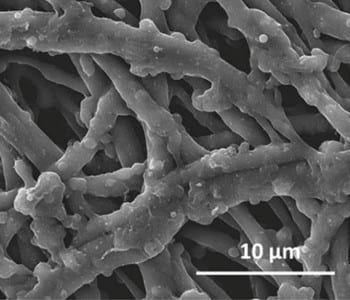

Professor Manthiram’s group at the University of Texas at Austin develops a naturally derived carbonaceous material for use in dye-sensitized solar cells.

The Norwegian company Sintef is testing materialsfor the production of oil and gas at Arctic temperatures between -40 and -60°.
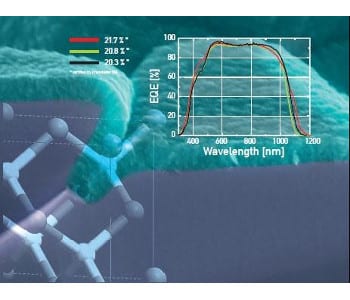
ZSW Stuttgart, Germany, has recently presented CIGS solar cells with conversion efficiencies up to 21.7%.

The North American subsidiary of the Linde Group, Linde LLC, has put its first retail hydrogen fueling station in the U.S. into operation.
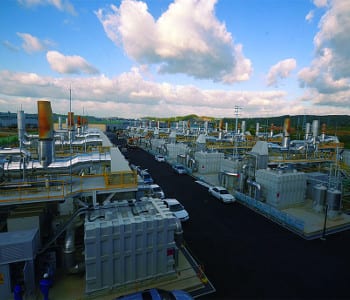
A group of CSIRO researchers provide a broad overview of direct carbon fuel cells.
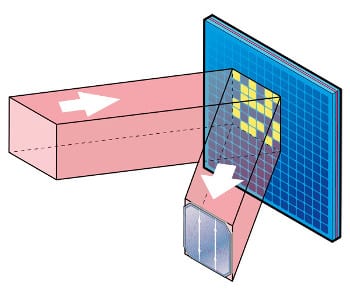
Scientists NPL have developed a new method for detecting defects in solar cells using a technique called ‘compressed sensing’.
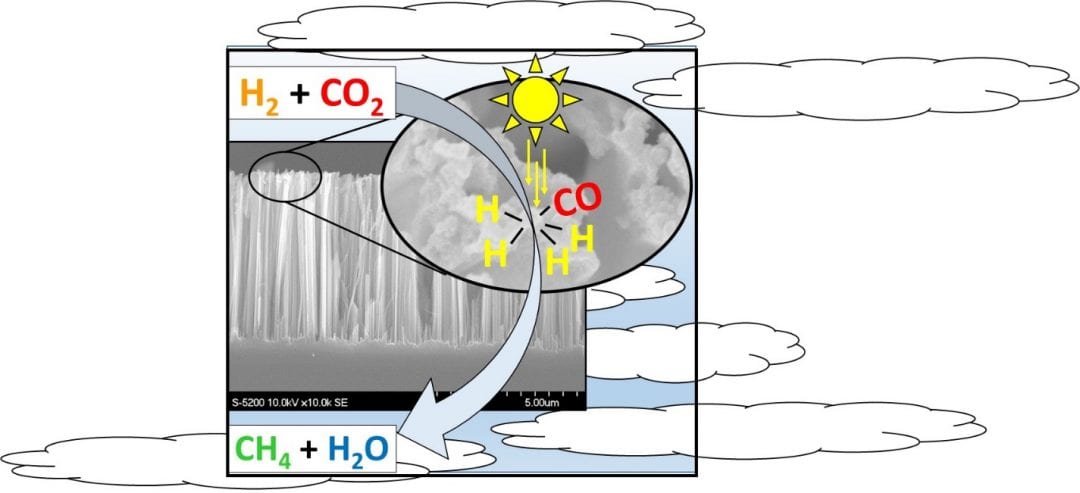
Researchers show that nanoparticles sputtered onto black silicon nanowire supports activate conversion in a hydrogen atmosphere under solar-simulated light.

Alcoa and Phinergy build a demo car powered by a aluminum-air battery that can greatly extend travel range.
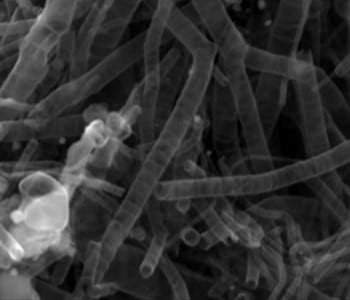
A group of researchers have developed a new hybrid catalyst technology to reduce oxygen at fuel cell cathodes.
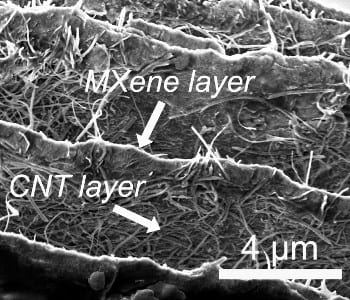
Flexible MXene/carbon composite electrodes composed of alternating layers of titanium carbide-based MXene and carbon nanotubes have been fabricated.